Spoiler Alert: We're about to discuss the finals of Pro Tour: LA. Usually, we don't consider spotlight news from the world of Flesh and Blood 'spoiler material', but if you don't already know the outcome of that game I envy the experience you're about to have watching this replay. (Finals at 6hr 55m.)
Undeniably, this was a game that came down to one critical draw, and that draw came up. This was a moment utterly in the hands of lady luck. But that doesn't mean it was unlikely. It doesn't mean the player had nothing to do with it. It's easy to write these wins off as 'just how the chips fell', but the fact of the matter is: skilled players set themselves up for opportunities for luck to pay off.
I absolutely must refer you to this timeless article by Jacob Wielgus on probability and deck building. He outlines a deck building philosophy based on knowing your ratios and thinking in hand cycles - "What do I want to see in my hand each turn?" This could also be called 'designing your luck', insofar as you're choosing the pool from which your random cards will be generated. When we talk about RNG in a TCG, we must keep in mind that Step 1 is defining the parameters of that luck.
Build better decks and sideboards using the mystical powers of probability.
by: Jacob Wielgus & Will Reinhardt
As the player on the other side of the table, this can look almost mystical. Imagine Max in the Pro Tour finals, pushing that final attack forward, knowing not even a 4-block defense reaction can cover it - only to see a Sigil of Solace, the one card that could clear this situation, miraculously conjured for this very moment. "What are the chances?" you might ask - but literally, there's a mathematical answer to that, and if Arthur didn't know it he had a ballpark figure in mind.

Jacob Wielgus (last time I'll cite his work) illustrated this well in the other half of his Making Better Bets articles. "The key idea here is to understand that the probability of drawing a particular card from your deck changes with each subsequent card that you draw." Essentially, every time you draw a card that isn't "the card", your odds of drawing "the card" increase. The concept is obvious when examined, but hard to keep in mind in-game - especially when we're talking about the odds of an opponent drawing a given card.
Let's use a fancy probability tool called hypergeometric distribution to refine our in-game decision-making. Less intuition! More math!
by: Jacob Wielgus
There's a tendency in top deck situations to focus on the unknown of it; but the top card of your deck is just the next card in your hand, no less likely than a drawn card and only one turn out of reach. "He had the answer" sounds so calculated; "He found the answer" so much less so - but in reality, they're not all that far apart. Just ask an Azalea player.
Oh, right, I'm an Azalea player. So let me explain.
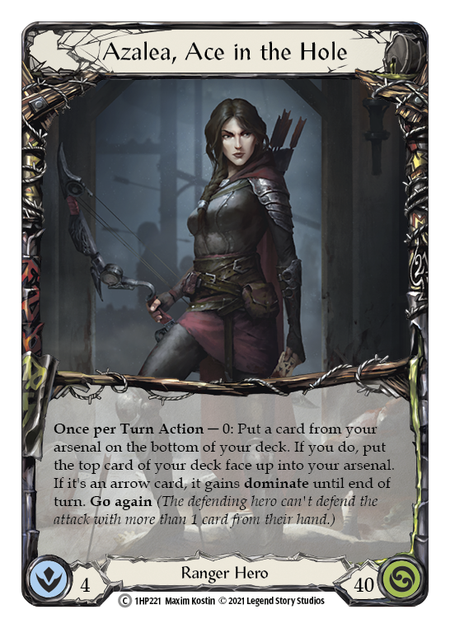
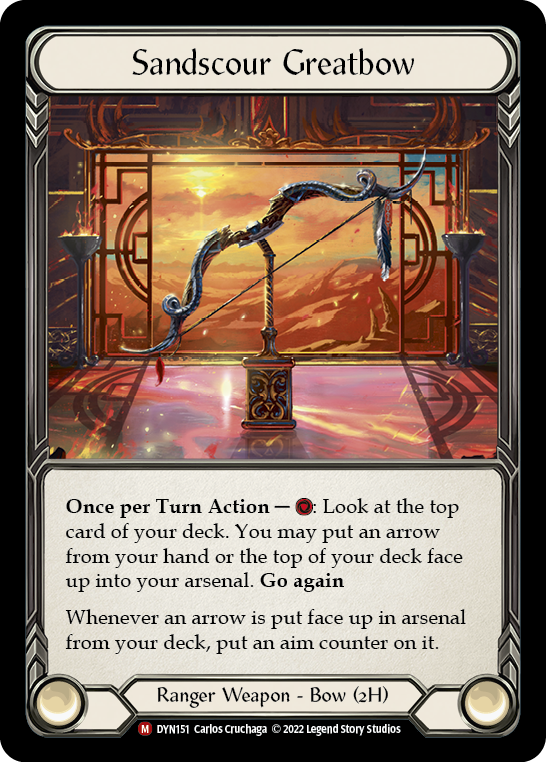
When you play Sandscour Azalea, you get very comfortable with incorporating the top card of your deck into your play lines. Yes, sometimes that top card is known; Sandscour Greatbow lets you peek at it whenever you go to load your bow, and if it's an arrow you can even load it into arsenal. But just as often, we're starting our turn with Azalea's ability, replacing whatever we arsenal'ed at the end of our last turn with a random pull from the top of the deck.
Only it's not really random, is it?
Let's say your deck is made up of roughly 23 arrows, 25 non-attack action buffs, and 12 'tutors'. For simplicity's sake, let's take 10 cards out of there to represent your hand, your card in arsenal, and a few cards burnt by blocking and attacking in the prior turn cycle. Your deck is currently 20 arrows, 20 buffs, 10 tutors.
- If I activate Azalea and flip an arrow into my arsenal, I now have an arrow ready to go, with an aim counter on it and dominate. (40%)
- If I activate Azalea and flip a non-attack action buff into my arsenal, I can play that buff out and load an arrow with the Sandscour Greatbow. (40%)
- If I activate Azalea and flip a tutor into my arsenal, I can play that tutor out and find the arrow I really want. (20%)
Any one of those outcomes could look like an ideal outcome - and indeed, I tend to play such that any one of those outcomes can be used to craft an excellent turn. To my opponent, it can look like I just keep drawing the perfect card right when I need it - when in fact, my deck is simply designed to utilize "+1 random card" extremely well. The top card of my deck might as well be another card in my hand.
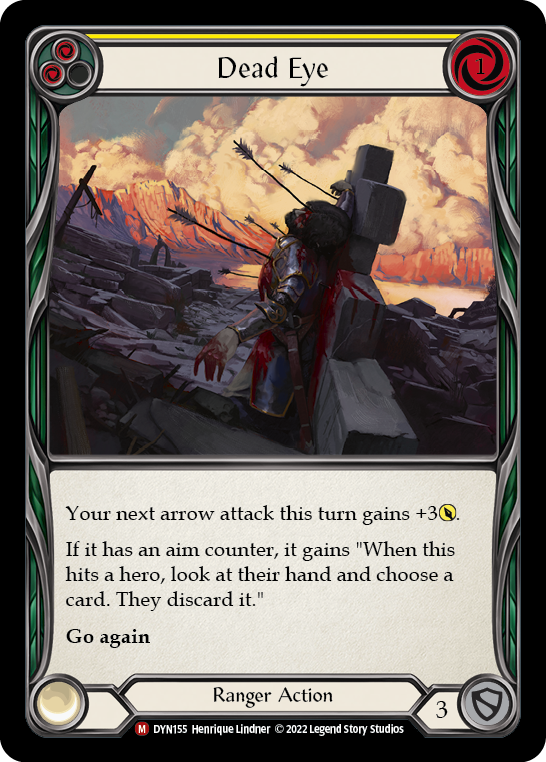
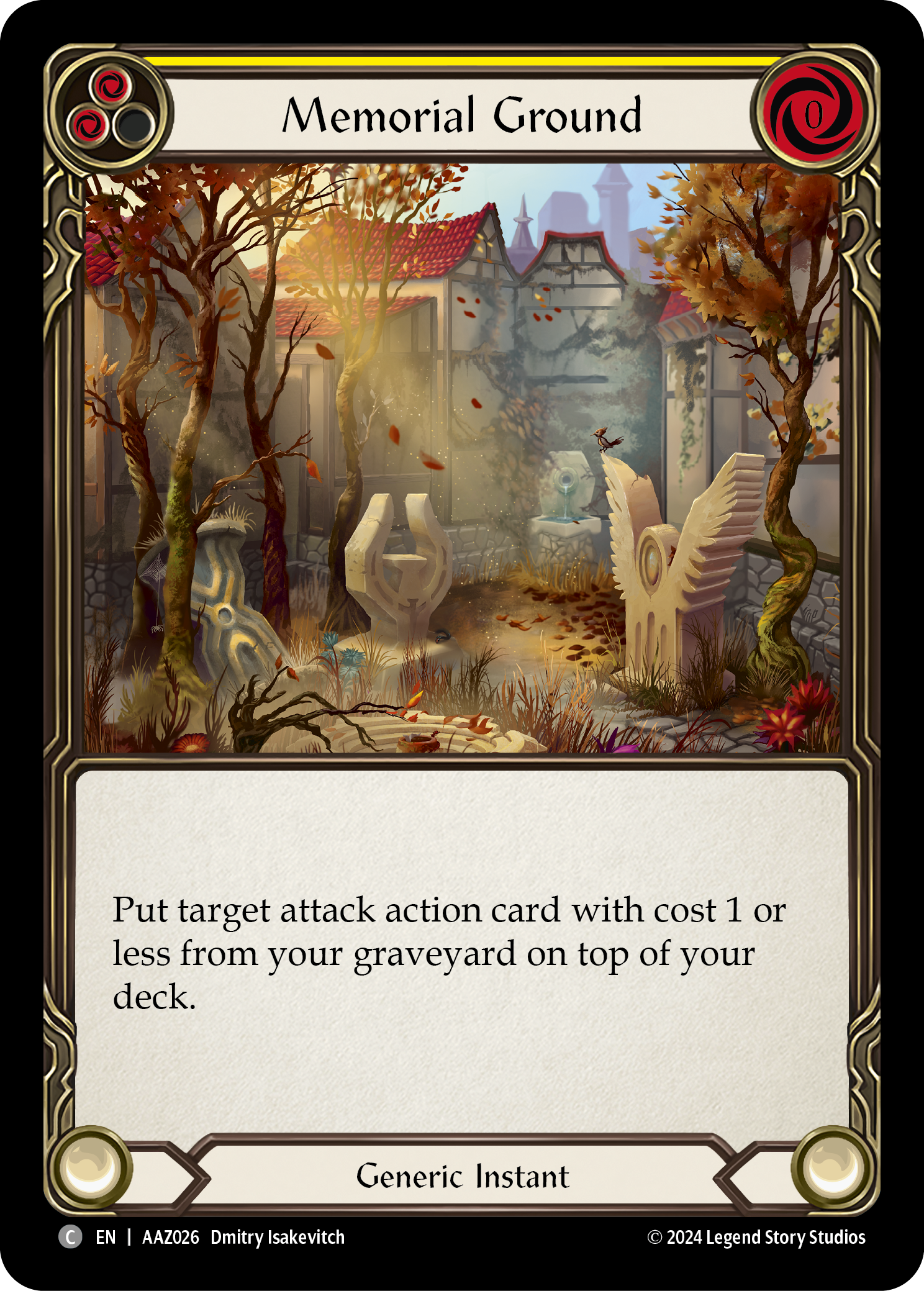
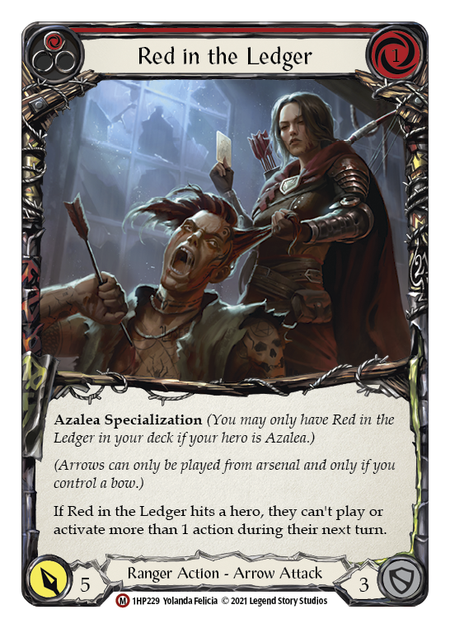
Admittedly, this is a bit disingenuous; the example above isn't looking for a particular card, and the deck's use of tutors makes finding specific cards effortless. But despite all that, the perception by my opponents is remarkably similar: they view my top decking of an untutored Red in the Ledger as an unfortunate turn of events, rather than the result of an inevitable drive through the deck. I did not know in that moment that I'd arsenal my favorite arrow, but I did know I'd seen a number of cards that weren't Red, which meant I was due to see Red soon.
If death hadn't been on the line, would Arthur's top deck Sigil have registered as anything more significant than 'yep, that's a card in his deck'? For that matter, if he'd drawn Sigil one turn sooner, would the outcome have changed?
Luck made the game dramatic. But Arthur won that game because he A- included Sigil in the list, B- progressed far enough into the game to find it, and C- gave himself every possible opening to draw into it and play it out.
To that end, heroes with 'random' elements to their strategies - heroes like the aforementioned Azalea, or even Rhinar - aren't nearly as luck-based as we often think or talk of them. Let's stop and look at Rhinar quick. His predilection toward discarding 6-power cards is often seen as 'random', but in fact is most often completely within the control of the player. Most turns, a Rhinar player knows if they'll get that 6 discard or not before they're thrown the attack that asks for it. That's because FAB decks aren't made up of 60 random cards from the entire card pool: they're selected by the players beforehand. The need for 6s is a deck building parameter, not an element of luck.
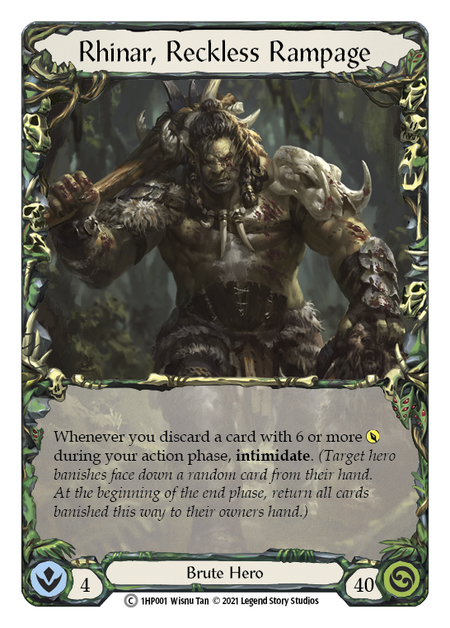

Of course, there are moments where you're all out of sure-thing options, and the only thing left to do is take that chance and leave it to probability to decide. Luck is never truly gone from a TCG; it's always waiting in the wings, ready for you to turn over control for one last opportunity to pull out that win.





